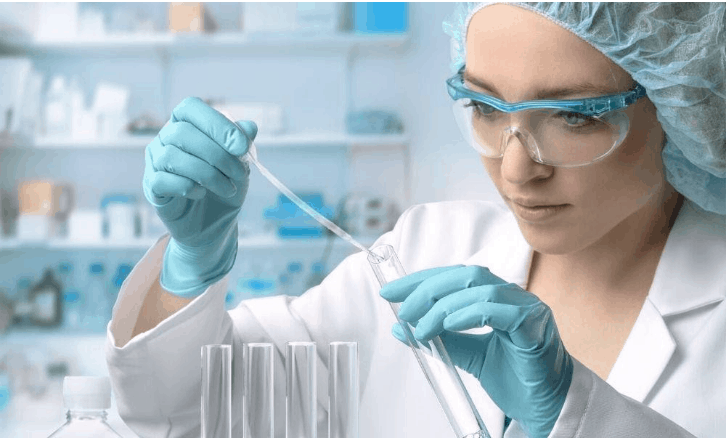Physicians and medical lab scientists understand the importance of safety protocols, but habit and routine can cause lapses even in the most meticulous environments. Some studies have shown that both medical laboratory scientists and physicians can become lax in the use of personal protective equipment (PPE), including gloves and masks. However, you should reinforce the proper use of such equipment until it becomes second nature, rather than allow disuse or misuse to become a bad habit.
International standards for medical laboratories are also updated every few years, if not more frequently. Therefore, you should conduct regular risk assessments and offer refresher courses to everyone who works in your lab. When you’re considering how to ensure safety in your medical laboratory, the list can run from the obvious (no food in the lab) to the highly technical (proper operation of biosafety equipment, proper labeling and storage of chemical and biohazards, appropriate emergency equipment, and thorough emergency training). Consider these points when you’re conducting risk assessments and procedural reviews.
- Compliance and accreditations: Does your lab meet OSHA and international standards? Are your medical laboratory scientists and technicians receiving the appropriate training to maintain those standards and retain lab accreditation?
- Proper personal protective equipment: Is PPE available to all personnel entering and/or working in the lab? Depending on your lab’s scope of operation, PPE may include more than gloves and masks—are goggles or particular kinds of shoes required?
- Biological and chemical hazards: Do you have the proper equipment to contain and address biological and chemical hazards? Biological safety cabinets, fume hoods, and HEPA filters continue to improve. Do you have an appropriate chemical hygiene plan in place? Up-to-date equipment and training are essential to protecting lab personnel. Consider ventilation, how to handle spills or other mishaps with hazardous and medical waste, and necessary containment of radioactive materials in any plan designed to protect people working in the lab.
- Emergency procedures: Review equipment and procedures for fire safety, avoiding or responding to exposure to pathogens or hazardous chemicals, weather emergencies, and power outages.
- Ergonomics and traffic patterns: Get a fresh pair of trained eyes to take a look at how your lab scientists and technicians move around in the laboratory space. Assess the potential for repetitive stress injuries. Chairs and the positioning of computer monitors and other equipment can impact body positioning and posture, potentially creating physical symptoms. Look at how workers move from one area of the lab to another: are work areas organized appropriately, with hazardous areas segregated from other parts of the lab? Is access to lab areas appropriately managed?
Issue reminders as needed about less sophisticated—but still important—everyday rules, such as properly storing personal items and not carrying food and drink into the lab. These are only a few of the areas to address when you’re considering how to ensure safety in your medical laboratory.
The Editorial Team at Healthcare Business Today is made up of skilled healthcare writers and experts, led by our managing editor, Daniel Casciato, who has over 25 years of experience in healthcare writing. Since 1998, we have produced compelling and informative content for numerous publications, establishing ourselves as a trusted resource for health and wellness information. We offer readers access to fresh health, medicine, science, and technology developments and the latest in patient news, emphasizing how these developments affect our lives.








